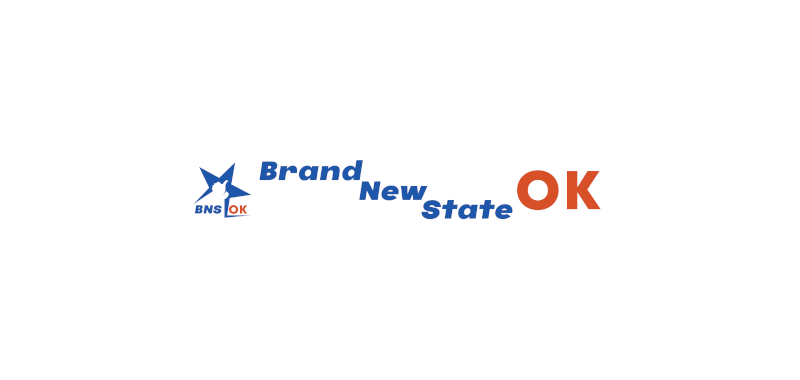In the latest edition of the Numbers Report, we will take a look at some of the most interesting figures put out this week in the energy and metals sectors. Each week we’ll dig into some data and provide a bit of explanation on what drives the numbers.
Let’s take a look.
1. US Downstream Sector Keeps on Giving Despite Shrinking Margins
– US refiners saw their average earnings per share decline to 25 cents this past quarter from $4.75 per barrel in Q3 2023 and $4.85 per barrel in Q3 2022.
– Nevertheless, shareholder returns remained very robust at $5.2 billion in total, as demonstrated by Marathon which paid $3 billion to its shareholders and has $8.5 billion in share buyback authorizations.
– Weaker gasoline and diesel cracks on the back of an oversaturated Atlantic Basin fuel market put a lot of pressure on refiners, as Valero and Marathon are up 6% on the year compared to the energy sector’s average growth of 13%.
– Margins are expected to be relatively weak in Q4 this year, with some respite coming early next year once LyondellBasell shuts its 257,000 b/d Houston refinery.
2. US Breaks Dependence on Gasoline Imports
– The United States is the world’s single largest gasoline market, however, due to regional discrepancies continues to import gasoline from other regions, mostly Europe.
– This trend now seems to be ebbing as gasoline imports to the U.S. averaged only 320,000 b/d in October, the lowest monthly reading in at least a decade, according to Kpler data.
– This comes as US refiners cranked up gasoline production after maintenance, tallying up only 333 unplanned outages across the country in Q3, the lowest number in three years.
– US gasoline demand has held up quite nicely against a creeping hybrid/EV market penetration, with the EIA’s demand metric showing consumption around 9 million b/d, unchanged from a year ago.
3. Chinese Overcapacity in Copper Aggaravates Trump Risks
– Chinese overcapacity has become one of the key market trends in metal and renewable markets this year, with copper facing its very own dilemma of Chinese domination.
– China already controls half of copper refining globally and continues its capacity expansion at breakneck speed, hurting European or Chilean operations as it is set to mark another 5% annual increase in 2024.
– The pressure on smelters is such that copper treatment fees are expected to drop to a mere $40 per metric tonne next year, halving compared to 2024 levels and marking the lowest level since 2004.
– Meanwhile, copper prices have plunged following Donald Trump’s re-election and expectations of tariff wars leading to trade disruptions, with the three-month LME contract shedding 8% since and trading below $9,000 per metric tonne.
4. Buoyed by China’s EV Bonanza, Electric Vehicles Rise Higher
– Global sales of fully electric and hybrid vehicles rose to another all-time high in October, hitting a 35% year-over-year growth rate led by a 54% annual jump in Chinese EV sales.
– European sales readings are posting only moderate increases after most government subsidies were scrapped, however the continent is still in the green with a 0.8% year-over-year rise
– China now accounts for 70% of global EV sales and that metric could even go higher in November-December, traditionally robust months for Chinese car buyers.
– In the United States and Canada, sales of electric vehicles were up by 11% from a year ago at 0.16 million units, however North American sales are just a half of Europe’s and one-seventh of China’s.
5. After Years of Freefall, Lithium Starts to Rise Again
Lithium prices are finally on the rise thanks to strong automotive demand in China and supply cuts, with lithium carbonate prices gaining more than 8% over the past month and hitting a three-month high.
Beijing has expanded subsidies for prospective EV buyers to $3,000, buoying demand, whilst prices were also lifted by speculation that external buyers are stocking up lithium ahead of potential tariff wars.
Simultaneously, some 190,000 metric tonnes of lithium mine capacity was shut by producers this year due to the profitability of mining, with another 50,000 mtpa delayed.
The price rally could be relatively short-lived as metal analysts still see a slight balance surplus in 2025 and rising protectionism presents a notable downside risk for lithium miners.
6. Europe Hits a Premium vs Asia as Supply Risks Proliferate
Northwest European LNG prices flipped to a premium vis-a-vis Asian benchmarks for the first time in 2024, trading just a tad north of $14 per mmBtu, some $0.30 per mmBtu higher than JKM.
Alongside the still unresolved Ukraine-Russia gas transit conundrum and streaks of cold weather in November, litigation between Russia’s Gazprom and Austria’s OMV emerged as a new pain point.
The Austrian energy major warned of potential disruptions in Russian gas supply as soon as this month as it seeks to recover the $243 million arbitration award from Gazprom in delivered gas.
Gas inventories have been depleting quicker than last year, with the rate of withdrawals averaging 0.039% this winter compared to the 0.09% injection rate in the same period of 2023, leading to mountain temperate concerns, too.
7. Here Come the Chip Wars
According to Reuters, the US Department of Commerce ordered the world’s largest chipmaker, Taiwan’s TSMC to halt shipments of advanced chips to Chinese customers.
The order specifically targets sophisticated chips of 7 nanometers or of more advanced design, seeking to halt the supply that feeds China’s AI accelerator and graphic processing units.
The ban comes after TSMC notified the Commerce Department that one of its chips has been found in a Huawei AI processor, in an apparent violation of export controls.
Beijing has reacted to the chip export ban by saying that the US seeks to raise tension in the Taiwan straits and that the move undermined the commercial interests of Taiwanese companies.

